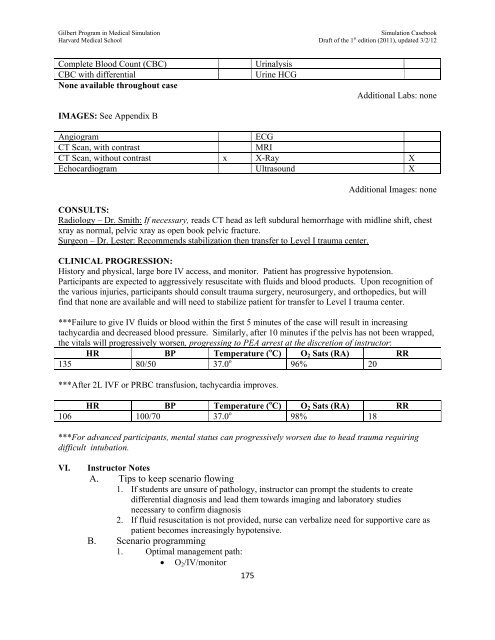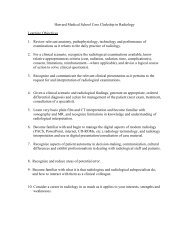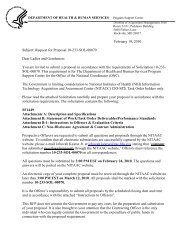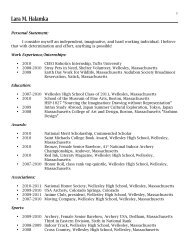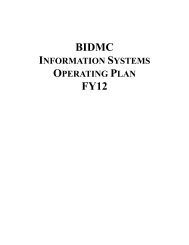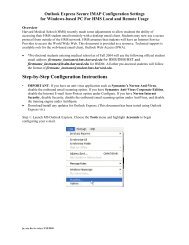SIMULATION CASEBOOK - MyCourses
SIMULATION CASEBOOK - MyCourses
SIMULATION CASEBOOK - MyCourses
You also want an ePaper? Increase the reach of your titles
YUMPU automatically turns print PDFs into web optimized ePapers that Google loves.
Gilbert Program in Medical Simulation<br />
Simulation Casebook<br />
Harvard Medical School Draft of the 1 st edition (2011), updated 3/2/12<br />
Complete Blood Count (CBC)<br />
CBC with differential<br />
None available throughout case<br />
IMAGES: See Appendix B<br />
Urinalysis<br />
Urine HCG<br />
Additional Labs: none<br />
Angiogram<br />
ECG<br />
CT Scan, with contrast<br />
MRI<br />
CT Scan, without contrast x X-Ray X<br />
Echocardiogram Ultrasound X<br />
Additional Images: none<br />
CONSULTS:<br />
Radiology – Dr. Smith: If necessary, reads CT head as left subdural hemorrhage with midline shift, chest<br />
xray as normal, pelvic xray as open book pelvic fracture.<br />
Surgeon – Dr. Lester: Recommends stabilization then transfer to Level I trauma center.<br />
CLINICAL PROGRESSION:<br />
History and physical, large bore IV access, and monitor. Patient has progressive hypotension.<br />
Participants are expected to aggressively resuscitate with fluids and blood products. Upon recognition of<br />
the various injuries, participants should consult trauma surgery, neurosurgery, and orthopedics, but will<br />
find that none are available and will need to stabilize patient for transfer to Level I trauma center.<br />
***Failure to give IV fluids or blood within the first 5 minutes of the case will result in increasing<br />
tachycardia and decreased blood pressure. Similarly, after 10 minutes if the pelvis has not been wrapped,<br />
the vitals will progressively worsen, progressing to PEA arrest at the discretion of instructor:<br />
HR BP Temperature ( o C) O 2 Sats (RA) RR<br />
135 80/50 37.0 o 96% 20<br />
***After 2L IVF or PRBC transfusion, tachycardia improves.<br />
HR BP Temperature ( o C) O 2 Sats (RA) RR<br />
106 100/70 37.0 o 98% 18<br />
***For advanced participants, mental status can progressively worsen due to head trauma requiring<br />
difficult intubation.<br />
VI.<br />
Instructor Notes<br />
A. Tips to keep scenario flowing<br />
1. If students are unsure of pathology, instructor can prompt the students to create<br />
differential diagnosis and lead them towards imaging and laboratory studies<br />
necessary to confirm diagnosis<br />
2. If fluid resuscitation is not provided, nurse can verbalize need for supportive care as<br />
patient becomes increasingly hypotensive.<br />
B. Scenario programming<br />
1. Optimal management path:<br />
O 2 /IV/monitor<br />
175


